
CURATED BY
Julia Pollack
WHEN
April 12 - April 12
WHERE
University of Illinois Arboretum

View Gallery
1
/
10
1 / x

Water
The shorthead redhorse, Moxostoma macrolepidotum, is commonly found in large creeks and rivers across Illinois. It is a member of the “sucker” family, Catostomidae, whose name originates from the ability to use their mouths to suck up small food items usually found on creek and river bottoms. The original image sequence from left to right shows 3D renderings of the external surface (left), internal skeleton (middle), and color-coded external surfaces (right) measured by an X-ray CT scan.
The Illinois Natural History Survey contains specimens of fish that have been collected over the past 150 years. Since there is a wealth of history tied to these specimens, it is important to keep such collections alive because they allow us to ask important scientific questions. After all, if a picture is worth a thousand words, an actual specimen is worth exponentially more.
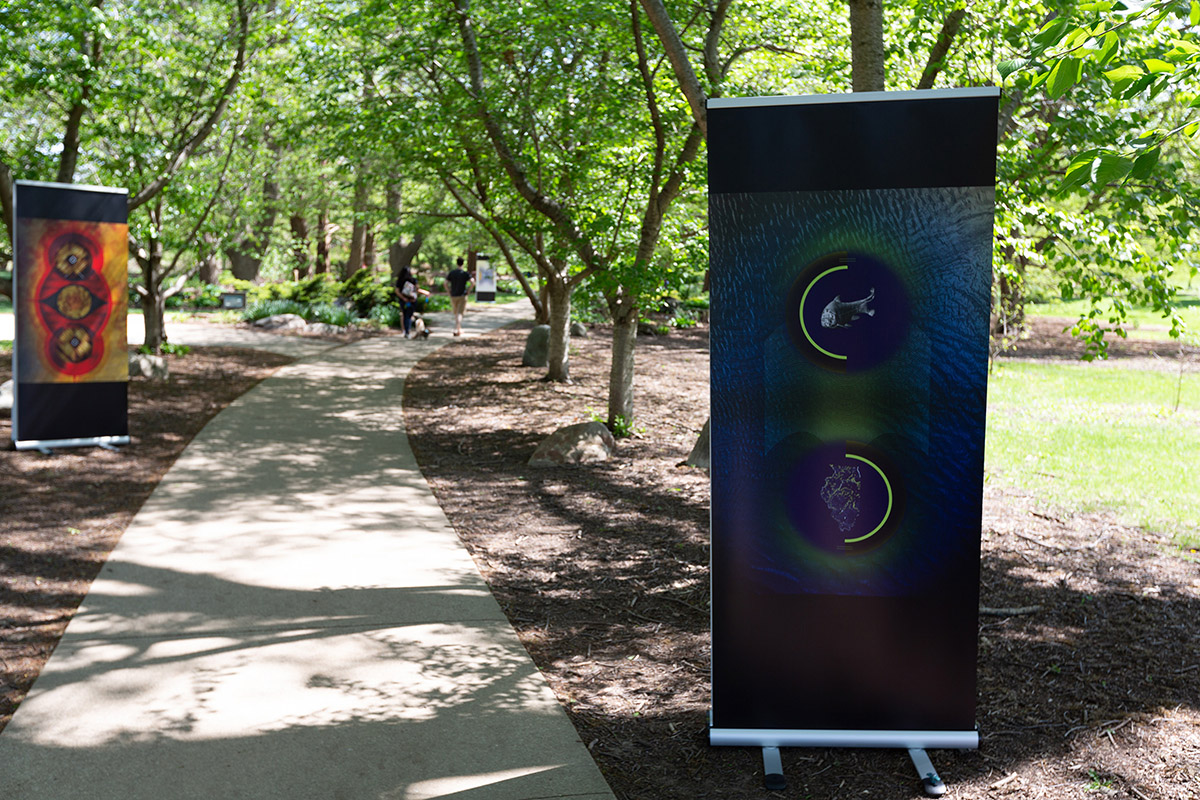
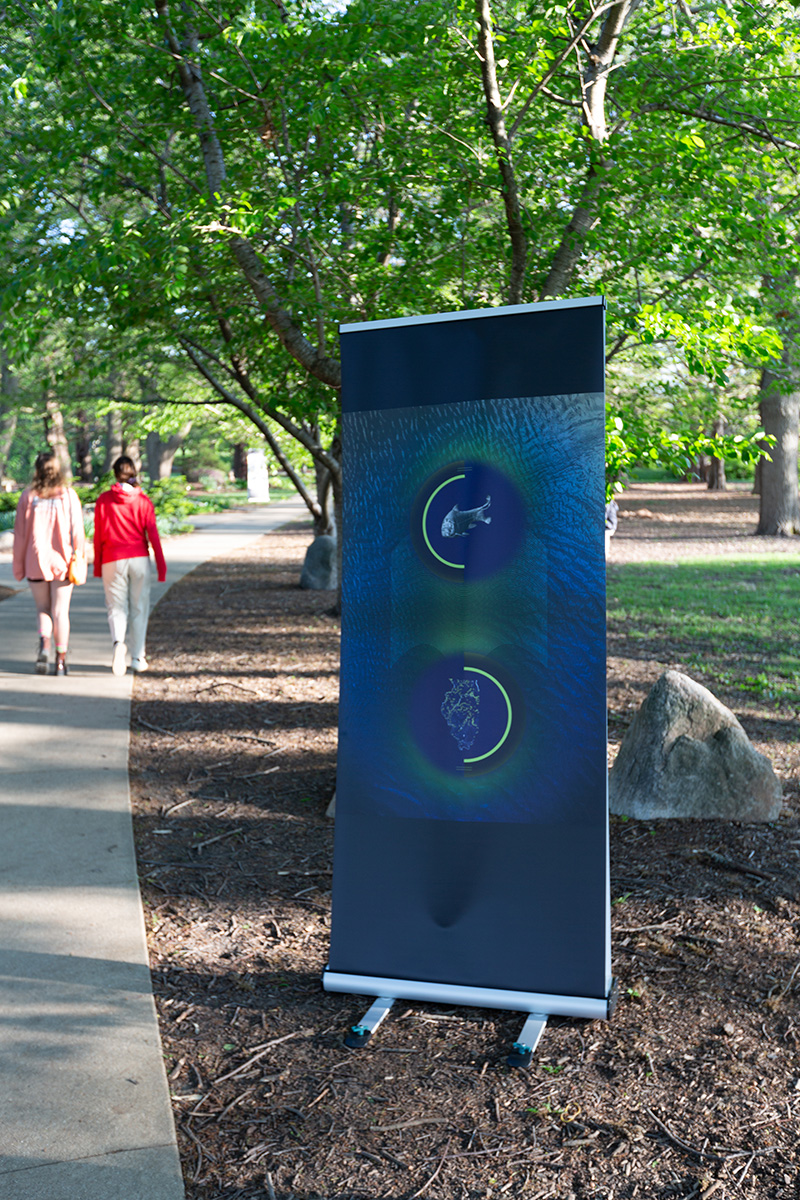
Sound by Anders Pollack
To enjoy the show remotely, view the works and accompanying videos below. Select pieces include brief discussions between the artist and the scientist about the featured work.
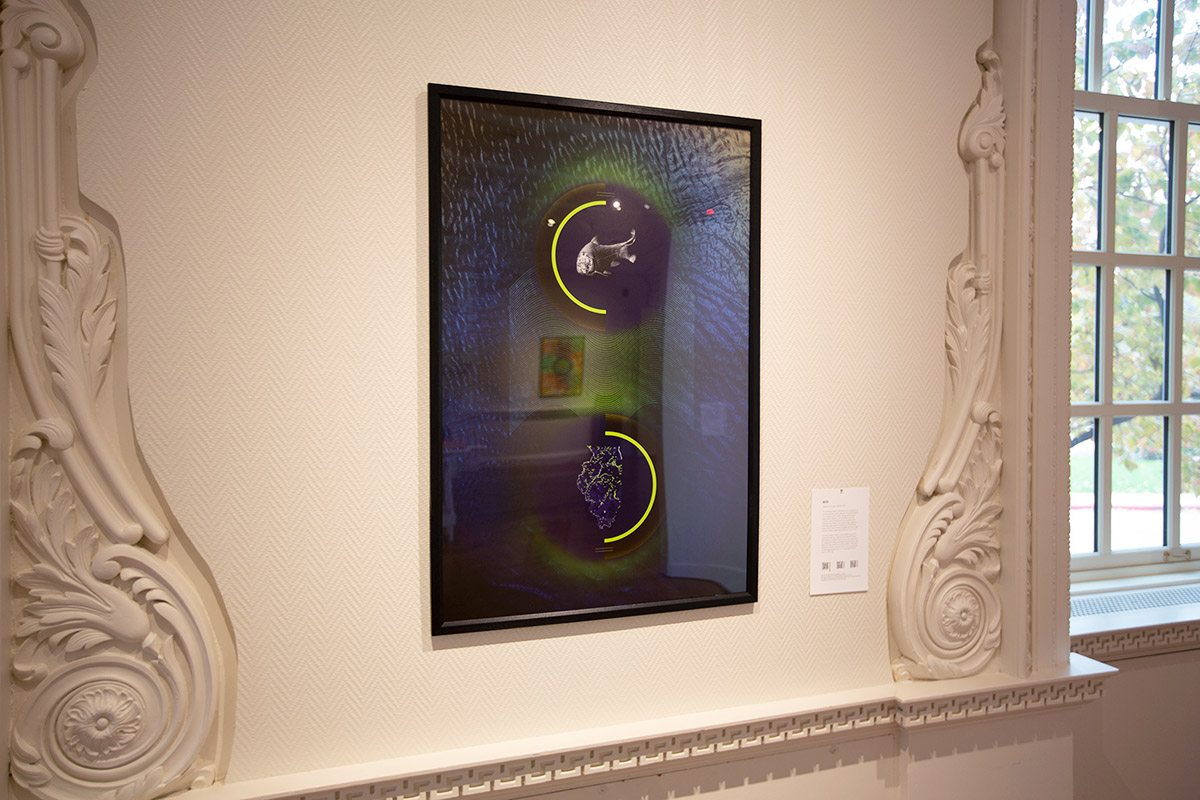

Fire
DNA is the template that dictates all the cellular processes within us. By understanding how DNA is organized, we can get an insight into health and disease. The research image shows a two-dimensional DNA origami structure, which has been constructed by weaving specific pieces of DNA together. These structures can be measured using atomic force microscopy, which works like a record player: there is a cantilevered sharp needle that is in contact with the samples, which are placed on a moving stage. The needle has a laser at its tip which measures the topography of the sample as it moves.
The art is inspired by Emma Kunz, a Swiss healer, researcher, and artist. Even though Kunz never received an arts education, she produced hundreds of geometric drawings that were usually visions of energy fields. These were used to formulate diagnoses for her patients who suffered from physical and mental ailments. This exhibit exemplifies how aesthetic geometries are a part of both artistic processes and scientific techniques.
Sound by Anders Pollack
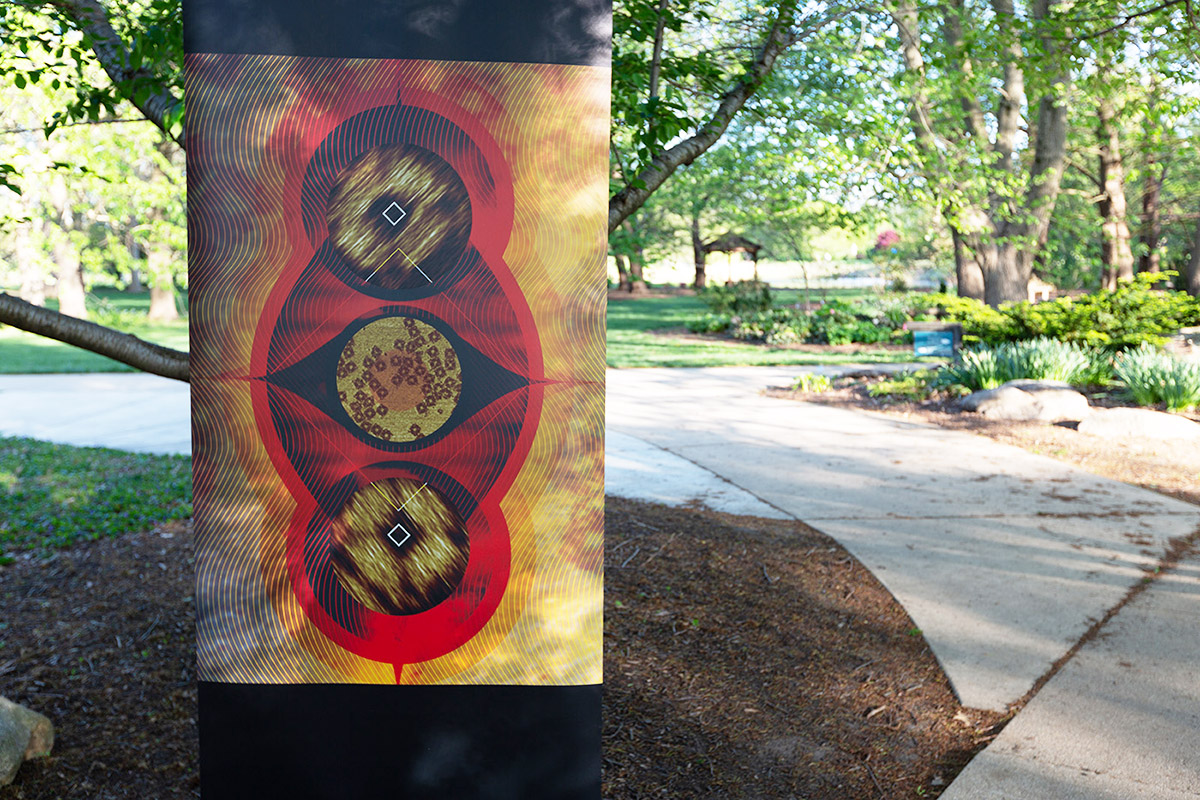
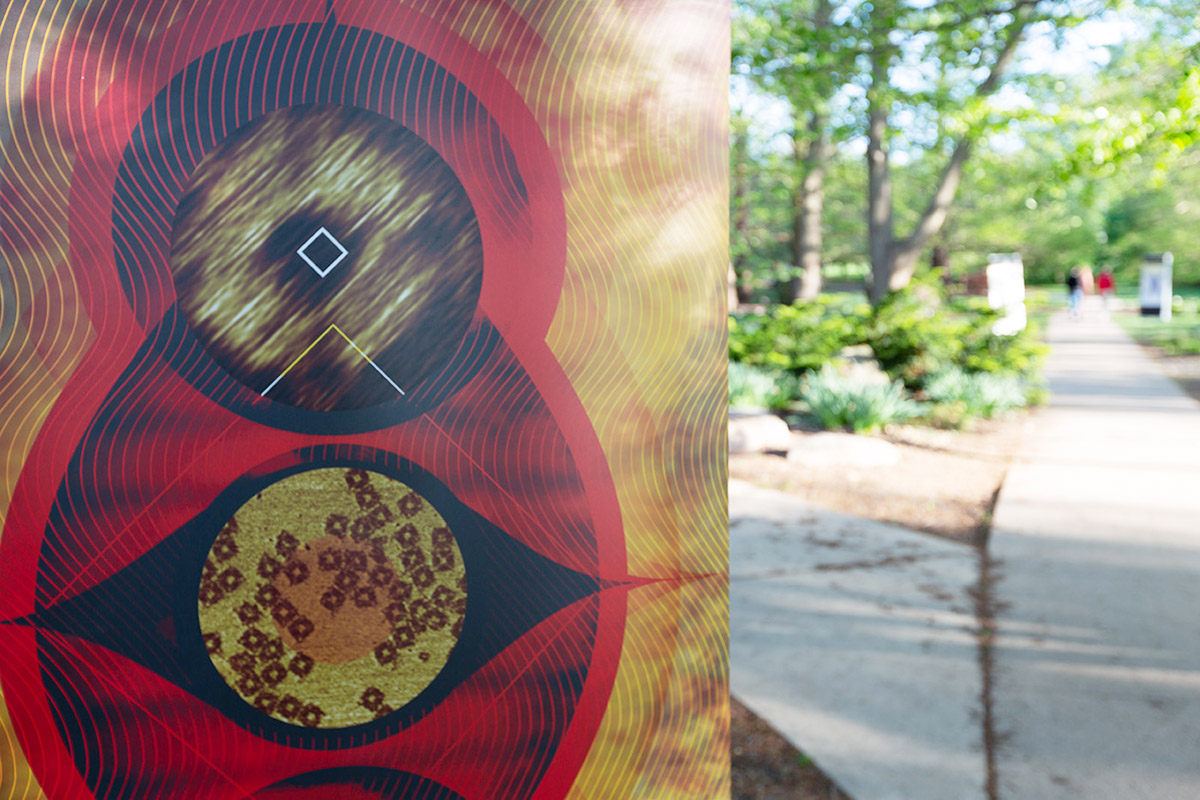
To enjoy the show remotely, view the works and accompanying videos below. Select pieces include brief discussions between the artist and the scientist about the featured work.
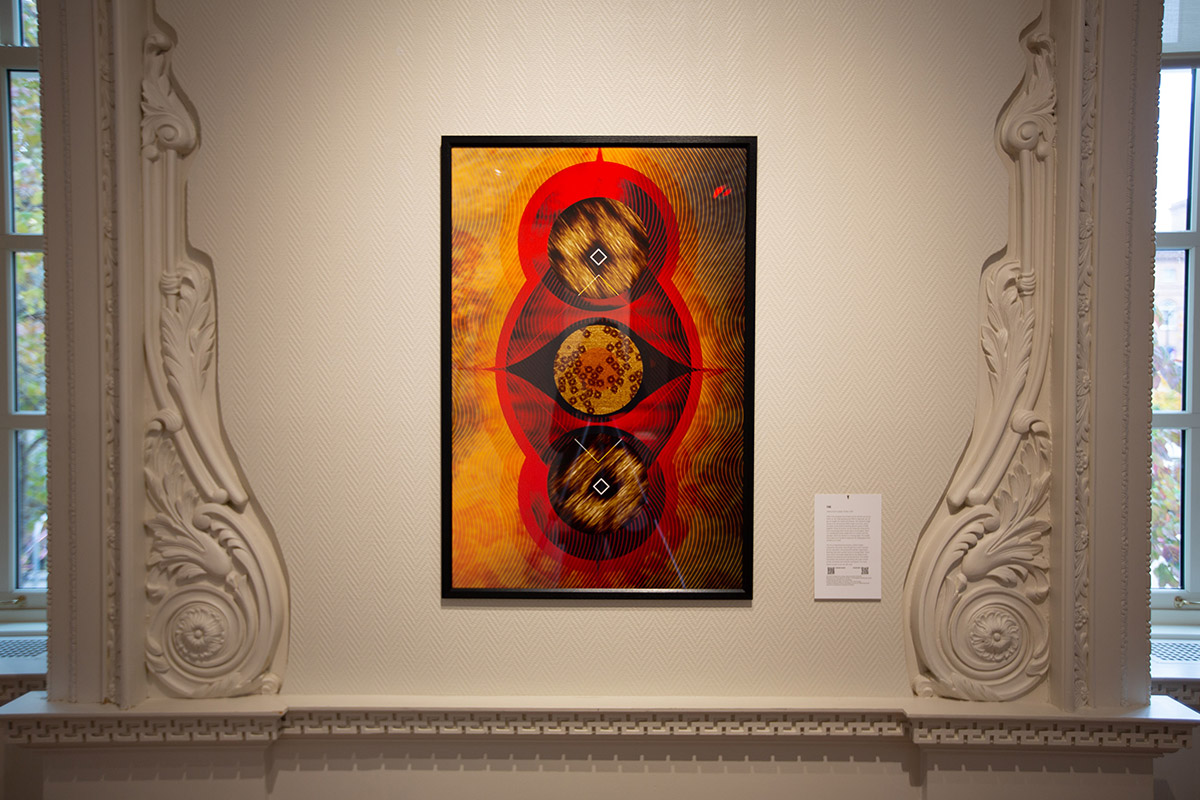

Earth
The original research image captures five different types of minerals of a polished construction rock called microcline. The sample was scanned using the WiTech AFM-Raman spectrometer using the TruSurface module at the IGB Core Facilities. Microcline is formed by the cooling and solidification of magma or lava. It is rich in potassium with minor amounts of sodium and may be clear, white, pale-yellow, brick-red, or green.
Microcline is one of the principle components of granite, a rock commonly used in construction. Researchers use microcline as a marker to assess the lifespan of existing nuclear power plants and study the effect of radiation on the construction material. Nuclear energy provides 10% of the world’s electricity and is generated from 440 power reactors. By studying how the construction materials respond to radiation, scientists can reduce the damage caused by radiation and improve the life of nuclear plants.
Sound by Anders Pollack
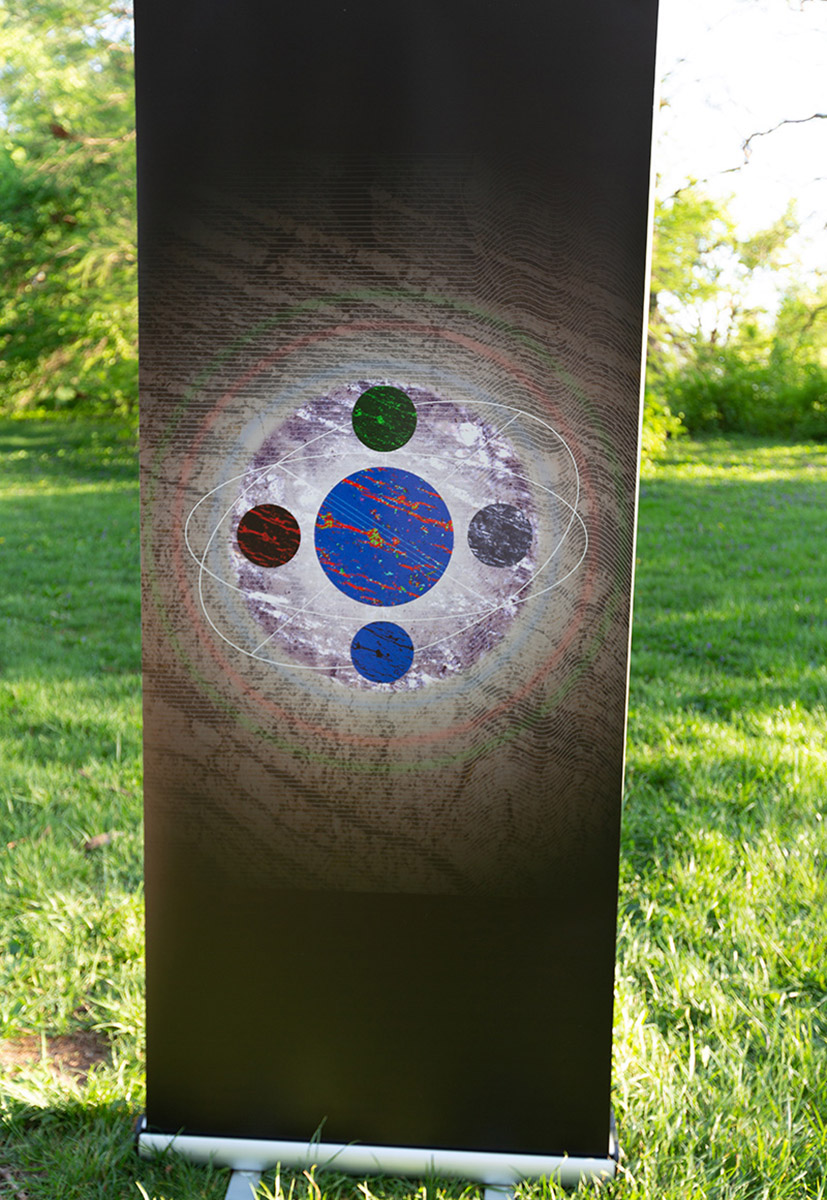

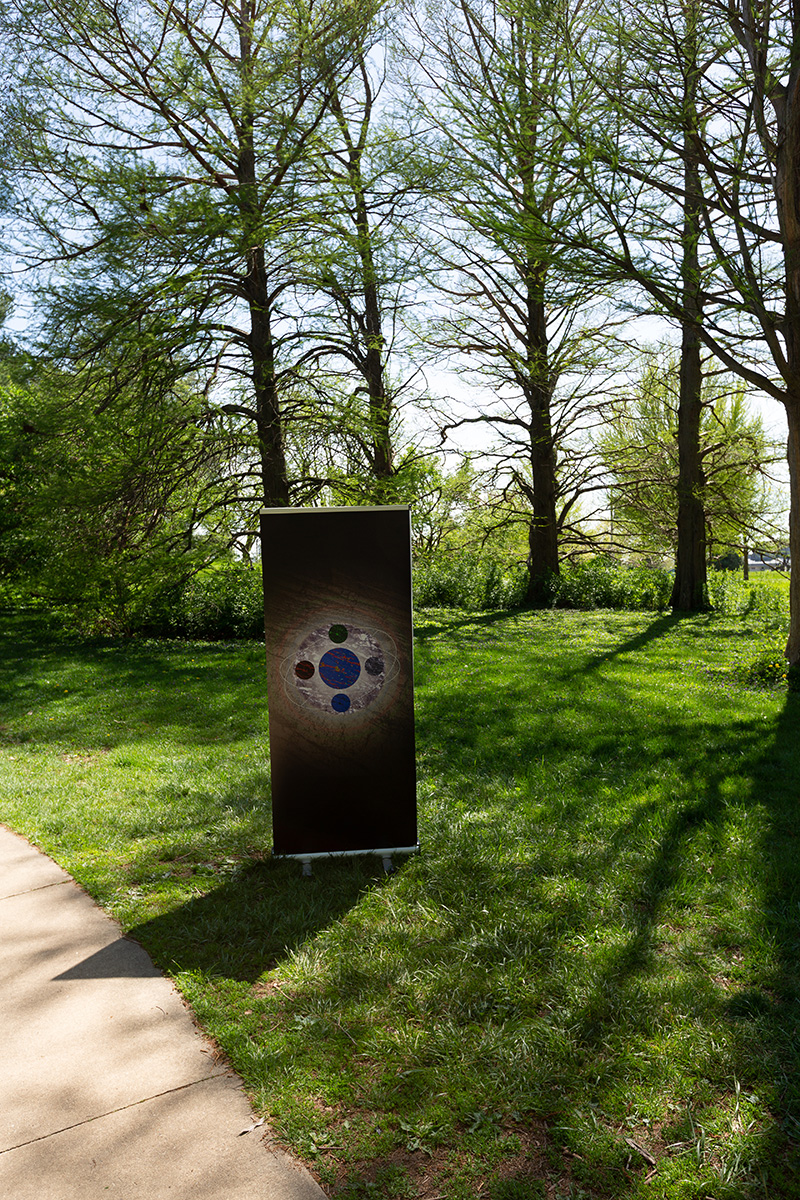
To enjoy the show remotely, view the works and accompanying videos below. Select pieces include brief discussions between the artist and the scientist about the featured work.
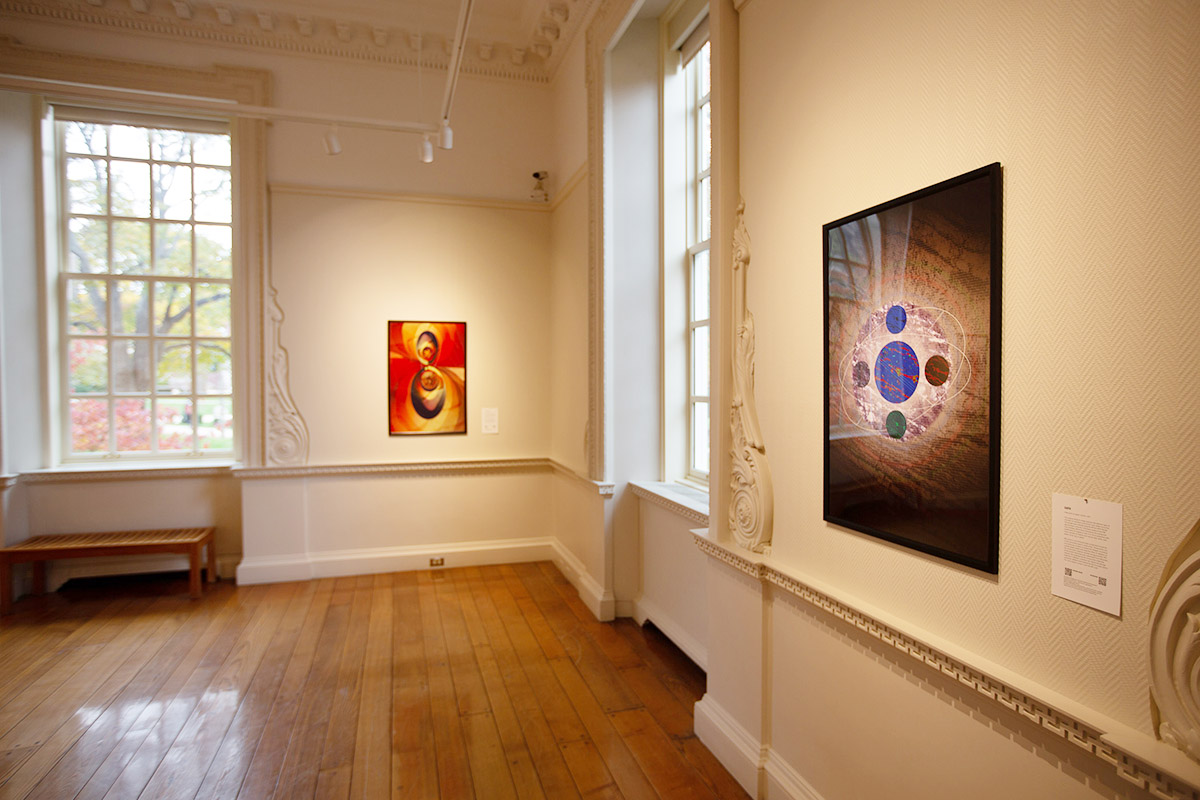

Air
When the pandemic first hit the U.S., the public initially got mixed messages from the CDC about mask requirements. Over time, however, it became increasingly clear that masks matter. The novel coronavirus can spread through virus-containing droplets: the larger ones tend to fall nearby due to gravity while the smaller ones stay in the air for longer. This image depicts air droplets that are released without a mask.
We are constantly surrounded by over 100,000 bacteria and viruses that are floating all around us. The art reflects the symmetry of geometric shapes and concepts that were pushed center stage during the pandemic. It is inspired by the work of Hilma af Klint, a Swedish artist who specialized in abstract imagery.
Sound by Anders Pollack

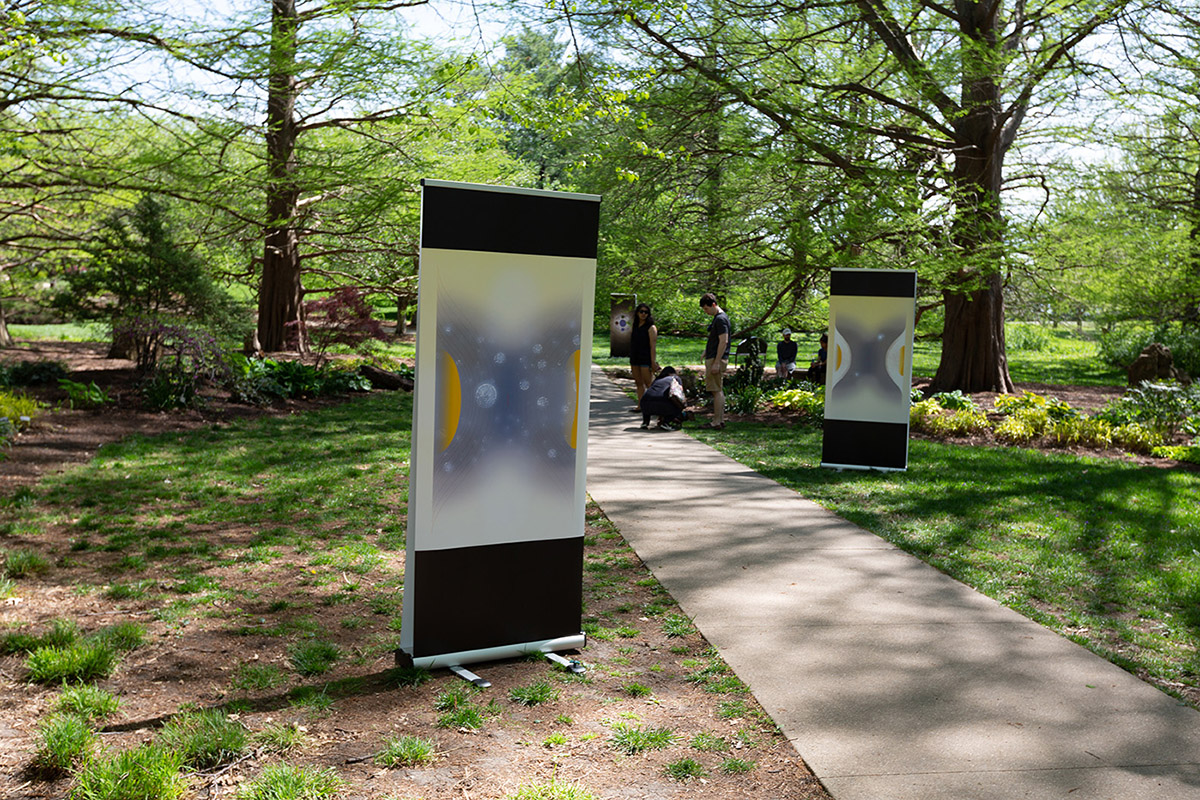
To enjoy the show remotely, view the works and accompanying videos below. Select pieces include brief discussions between the artist and the scientist about the featured work.

Shared Breath
This image depicts how even a two-layer mask made of t-shirt material can reduce the number of air droplets by 95%. To recreate what happens during a cough or a sneeze, an inhaler was loaded with nanometer-sized fluorescent beads and pressed to create droplets. The droplets are ejected from the inhaler, after which they hit the fabric sample and are finally collected on a petri dish.
Face masks have been used since the middle ages: Doctors who treated patients suffering from the bubonic plague wore beak- like masks, which were supposedly filled with herbs such as clove or cinnamon. During the 1918 influenza epidemic, cities around the world passed mandatory masking orders. Historians have argued that, at the time, mask-wearing was embraced by the American public as “an emblem of public spiritedness and discipline.” Mask-wearing also skyrocketed in Asia during the early years of the 21st century with the outbreak of SARS and avian influenza. It is likely that this practice will continue long after the COVID pandemic comes to an end.
Sound by Anders Pollack
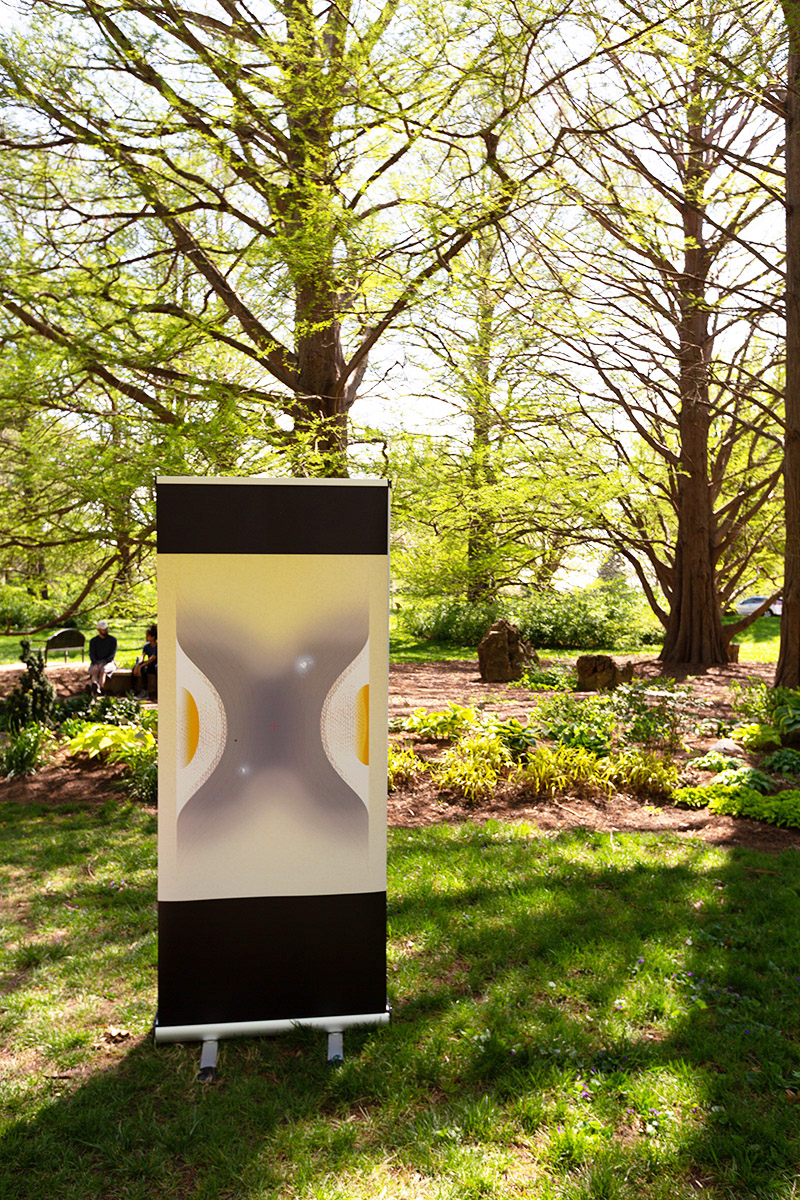
To enjoy the show remotely, view the works and accompanying videos below. Select pieces include brief discussions between the artist and the scientist about the featured work.
Scientist Collaborator
Christopher A. Taylor
IGB Core Facilities & The Illinois Natural History Survey
Instrument
NSI X5000 High Resolution MicroCT and rendered in 3D using Imaris 3D
Funding Agency
Illinois Natural History Survey
Original Imaging
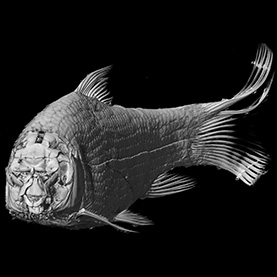
Special Thanks
Kleinmuntz Center for Genomics in Business and Society; Nelson family and BodyWork Associates
Image Rights
Images not for public use without permission from the Carl R. Woese Institute for Genomic Biology
Scientist Collaborators
Yanyu Xiong and Neha Chauhan
Nanosensors Group with Prof. Brian T. Cunningham and Nucleic Acids Programming Lab with Prof. Xing Wang
Instrument
Asylum Research Cypher ES Atomic Force Microscope
Funding Agency
National Science Foundation Grants for Rapid Response Research
National Institutes of Health
Original Imaging
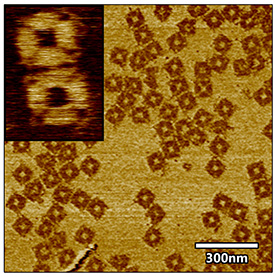
Special Thanks
Kleinmuntz Center for Genomics in Business and Society; Nelson family and BodyWork Associates
Image Rights
Images not for public use without permission from the Carl R. Woese Institute for Genomic Biology
Scientist Collaborator
Krishna Chaitanya Polavaram
Nishant Garg Laboratory
Instrument
WiTech AFM-Raman spectrometer using TruSurface module
Funding Agency
University of Illinois Urbana-Champaign
Department of Civil and Environmental Engineering
Original Imaging
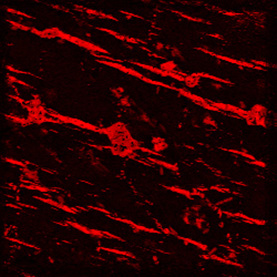
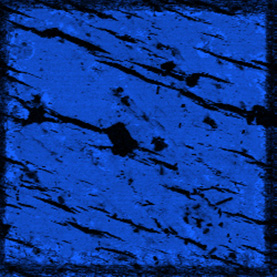


Special Thanks
Kleinmuntz Center for Genomics in Business and Society; Nelson family and BodyWork Associates
Image Rights
Images not for public use without permission from the Carl R. Woese Institute for Genomic Biology
Scientist Collaborator
M Taher A Saif, Onur Aydin, and Bashar Emon
M Taher A Saif Laboratory
Instrument
Zeiss 710 Multiphoton Confocal Microscope
Funding Agency
University of Illinois Urbana-Champaign
Original Imaging

Special Thanks
Kleinmuntz Center for Genomics in Business and Society; Nelson family and BodyWork Associates
Image Rights
Images not for public use without permission from the Carl R. Woese Institute for Genomic Biology
Scientist Collaborator
M Taher A Saif, Onur Aydin, and Bashar Emon
M Taher A Saif Laboratory
Instrument
Zeiss 710 Multiphoton Confocal Microscope
Funding Agency
University of Illinois Urbana-Champaign
Original Imaging

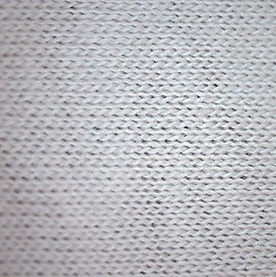
Special Thanks
Kleinmuntz Center for Genomics in Business and Society; Nelson family and BodyWork Associates
Image Rights
Images not for public use without permission from the Carl R. Woese Institute for Genomic Biology
Special Thanks
Champaign businessman Doug Nelson, President of BodyWork Associates, first proposed the idea that became Art of Science, and his continued efforts to support the exhibit made its realization possible. The IGB is also grateful to James Barham of Barham Benefit Group and [co][lab] founder Matt Cho for hosting the annual exhibit.


